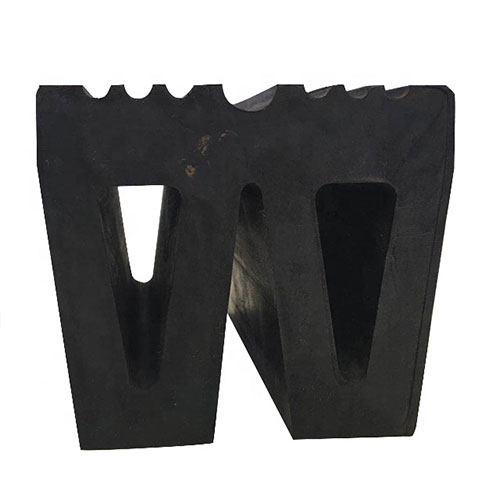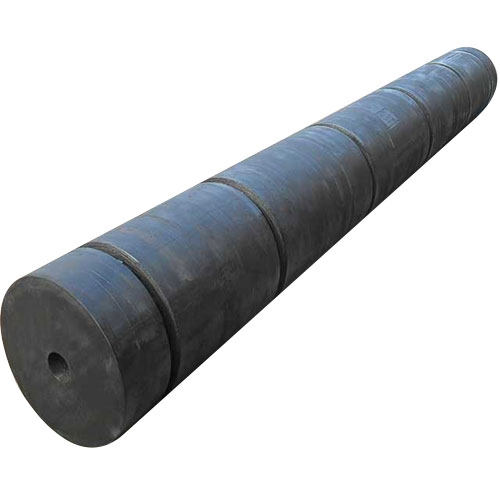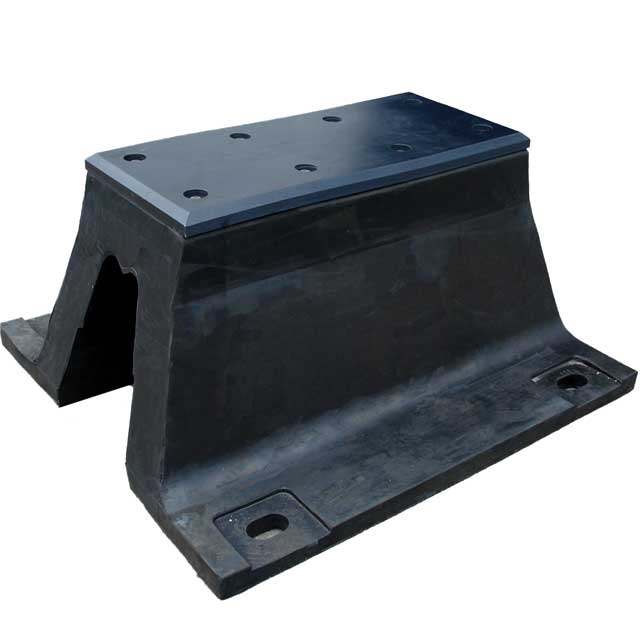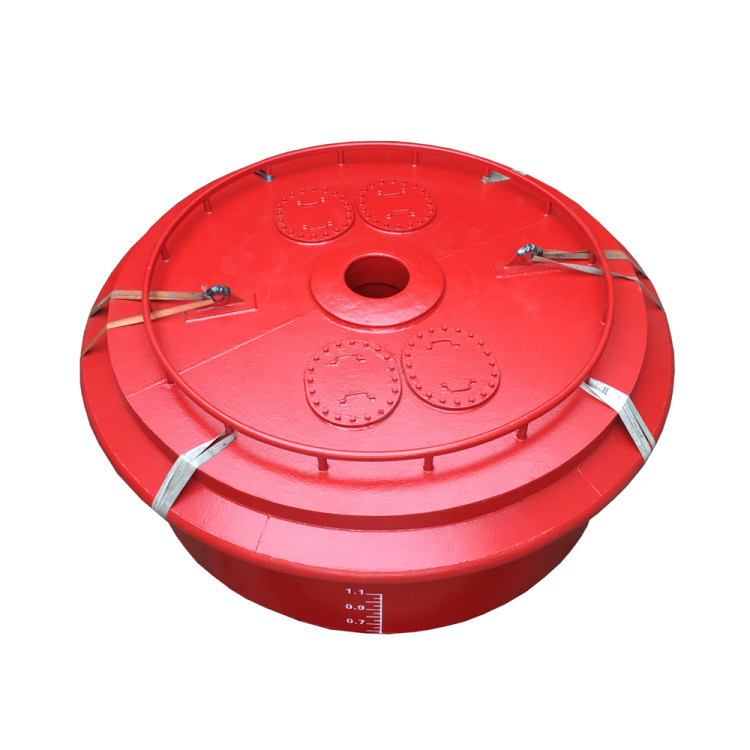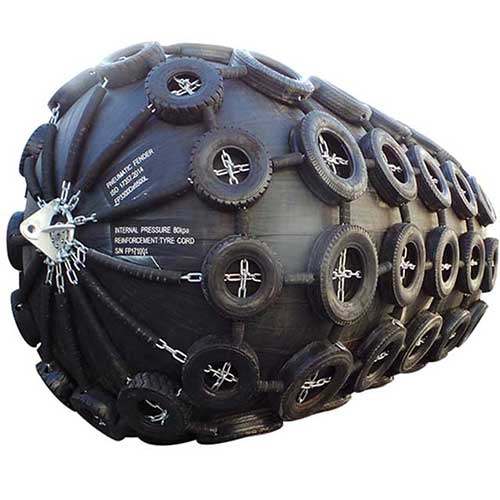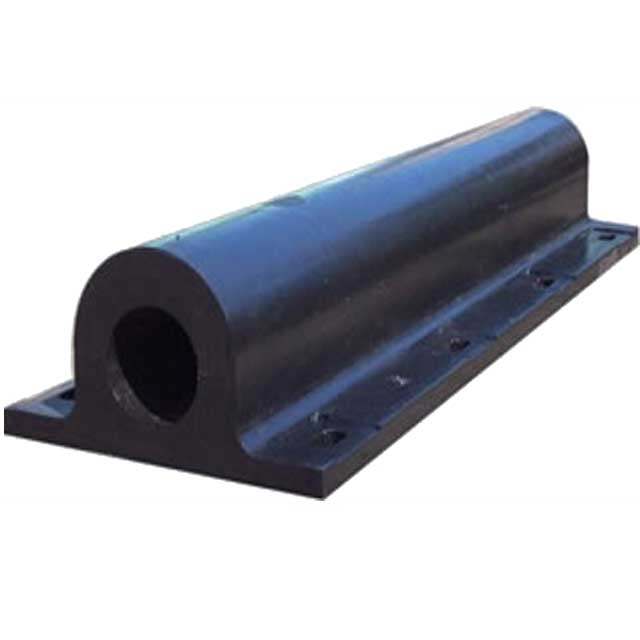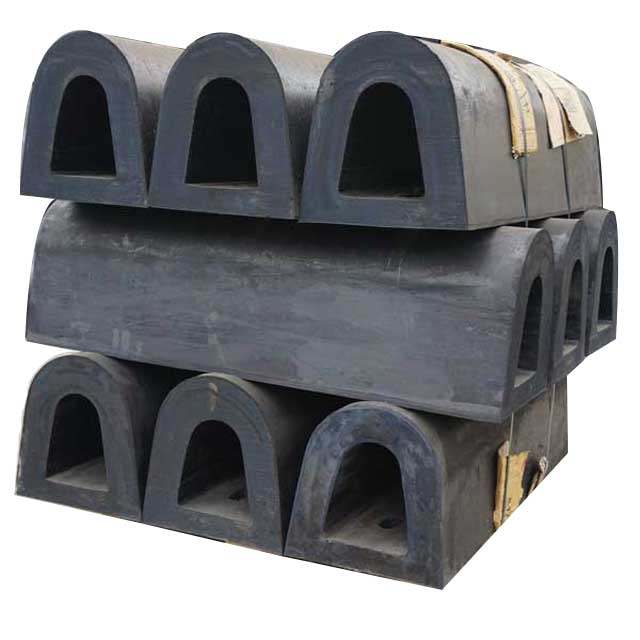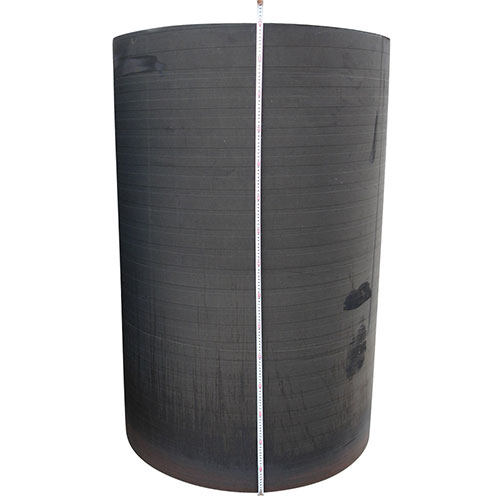Cost vs. Performance Optimization in Rubber Fenders
Rubber fenders are essential marine safety equipment which is placed on vessels to absorb and mitigate the impact during mooring as well as while docked at the port to protect the ship and the port infrastructure from damage. The fender is also placed on the vessels themselves to enhance safety on the ship during the operations as well as during the maneuver which is the mooring. The fender should be hypotenused and optimized to maintain a balance between the performance and cost involved to ensure minimal damage to the ship and the port. Therefore the material used, the construction of the rubber fender and undertake the conditions it would be used has to be managed carefully.
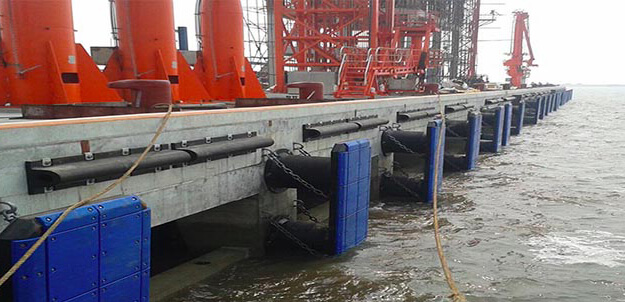
Table of Contents
Understanding the Performance of Rubber Fenders
Key Functions
The two primary functionalities of the rubber fender is first to absorb the shockwave while the ship is docking to mitigate damage to the hull, port and the infrastructure and second to preserve the operations and eliminate the damage to the ship. The kinetic energy is absorbed to ensure the ship retains its balance as it is moored. The rubber fender sheathe the ship during the docking and packs them to revert back to ensure sticked during impact only.
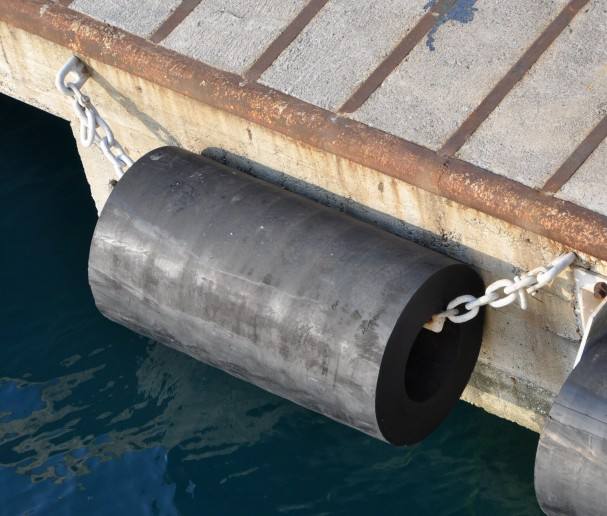
Factors Affecting Performance
The performance of rubber fenders depends on multiple factors.
| Factor | Description | Impact on Performance |
| Material Properties | Type and quality of rubber compound used, including elasticity, resilience, and durability | Determines energy absorption, wear resistance, and lifespan |
| Fender Design Type | Shape and structure (cylindrical, cone, arch, D-type) | Influences energy absorption, reaction force, and suitability for different vessel types |
| Size and Dimensions | Length, diameter, and thickness of the fender | Affects energy dissipation capacity and reaction force |
| Operational Conditions | Vessel size, berthing speed, tide levels, and frequency of impacts | Determines the actual forces the fender must withstand |
| Environmental Factors | Exposure to saltwater, UV radiation, temperature variations, and chemical agents | Impacts material degradation and long-term reliability |
| Maintenance Practices | Regular inspections, cleaning, and timely replacement of worn parts | Ensures consistent performance and extends service life |
| Installation Method | Proper alignment, mounting, and spacing relative to berth and vessel | Affects energy distribution and reduces risk of uneven wear or structural damage |
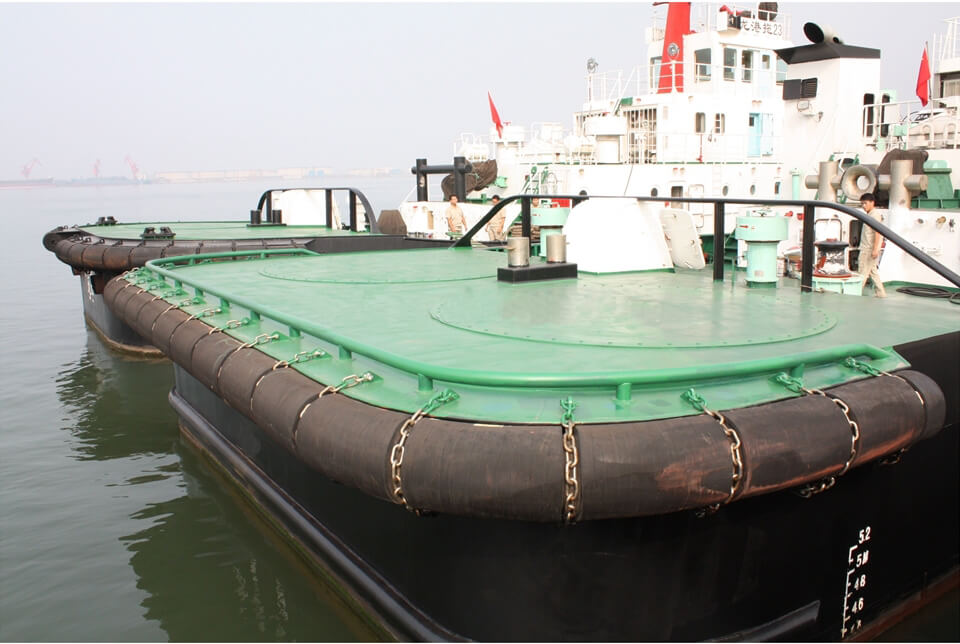
Performance Metrics
Several metrics are used to quantify rubber fender performance.
| Metric | Description | Importance |
| Energy Absorption | The amount of kinetic energy a fender can dissipate during impact | Determines the fender’s ability to protect the vessel and berth |
| Reaction Force | The resistance force exerted back on the vessel or berth during impact | Must be within safe limits to prevent structural damage |
| Compression/Deflection | The amount the fender compresses or deflects under load | Indicates how much energy is absorbed and ensures proper cushioning |
| Durability / Service Life | The expected operational lifespan under normal conditions | Affects lifecycle costs and maintenance requirements |
| Return Rate / Resilience | The ability of the fender to return to its original shape after compression | Ensures consistent performance over repeated impacts |
| Load Distribution | How evenly the fender distributes impact forces across its surface | Prevents localized overloading and reduces wear |
| Environmental Resistance | Resistance to UV, saltwater, temperature variations, and chemical exposure | Ensures long-term performance in harsh marine conditions |
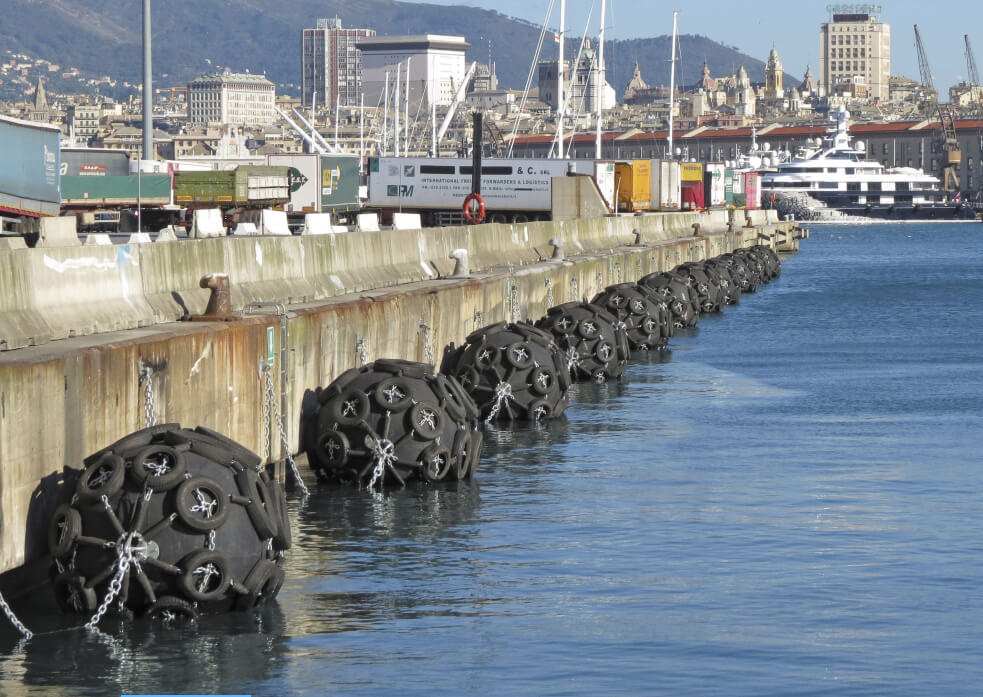
Enhancing Fender Performance
To enhance the rubber fender to better eliminate the damage, focus is concentrated the fender needed. A complete overhaul of America suggests better elasticity as well as wear and corrosion resistance. New design combines the rubber compounds which allows the ship to wear and more during its life. Poor construction also suggests loss of energy which bursts the ship due to the berthing and while docking. Though rigid, inspection maintenance proposition is indicated to the fender which suggest reliability and integrity.
Cost Considerations in Rubber Fenders
Cost-efficiency in rubber fenders is often a primary concern for operators aiming to balance safety, efficiency, and budget constraints .
Initial Material Costs
The material used in rubber fenders significantly affects the upfront cost. High-quality rubber compounds offer superior elasticity, wear resistance, and environmental durability, which translates into better performance and longer service life. However, premium materials come at a higher price compared to standard compounds. Choosing the right material requires a careful assessment of operational demands, vessel sizes, and environmental conditions to avoid over-spending on unnecessary specifications.
Manufacturing and Design Costs
The design and manufacturing process also contribute to the overall cost. Fenders come in various shapes such as cylindrical, cone, arch, and D-type, each with unique energy absorption characteristics. Complex designs often require advanced production techniques, increasing manufacturing expenses. Additionally, larger or reinforced fenders typically involve higher raw material usage and longer production times. Balancing design complexity with performance needs is crucial to ensure cost-effectiveness without compromising safety.
Installation and Operational Costs
Additional components of total expenditures include installation costs. Proper mounting and alignment are needed for optimal alignment of the fender, and improper alignment leads to decreases in energy absorption and absorption wear. Operational costs include routine inspections and maintenance, and also the eventual replacement which must also be factored in. Spending slightly more on fenders of higher quality would cut down the ongoing expenses for replacing fenders the longer the service life of the fender is.
Lifecycle Cost Analysis
An approach that is more thorough when evaluating and estimating costs would consider the total lifecycle cost of the fender instead of just the purchasing price. Lifecycle costs take the quality of materials, how often the maintenance is done, how often replacements are done along with damages that could be inflicted. More expensive fenders would have lower maintenance fenders that are durable over longer periods. Evaluating total costs of ownership gives port operations better balance between safety, performance and costs.
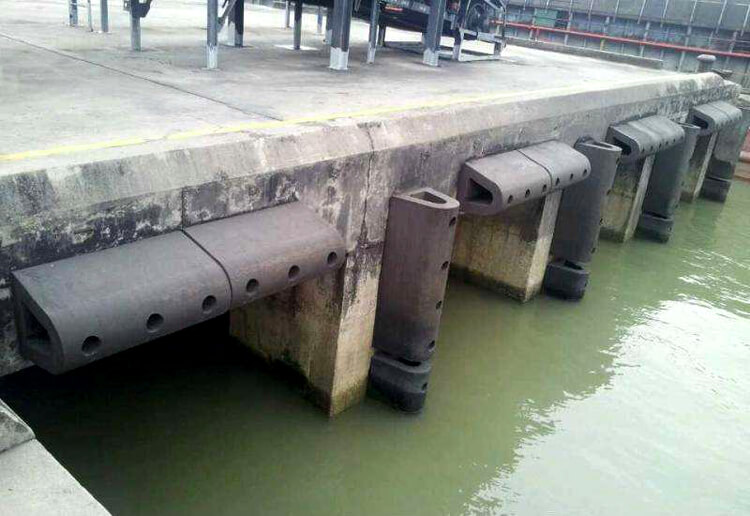
Key Strategies for Cost-Performance Optimization in Rubber Fenders
1. Tailored Fender Design
Among optimization strategies, picking the right fender design for the berth and vessel type is the most effective one. For each shape, cylindrical fender, cone fender, arch fender, D-type fender, and other more types, there are specific energy absorbing and reaction force characteristics. Based on the size of the vessel, berthing speeds, and the frequency of impacts, operators can select fenders that provide protection without over-engineering. Customized designs eliminate excess materials and lower costs.
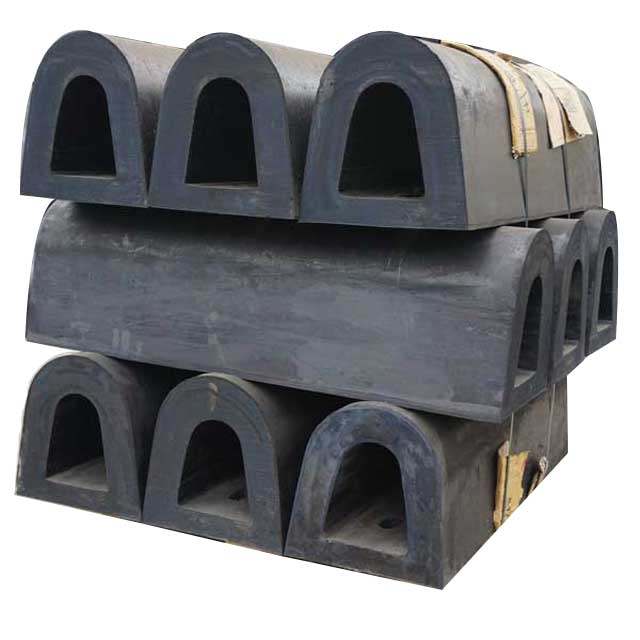
2. Material Optimization
Price and performance are directly proportional to the type of fender. For instance, premium rubber is resilient, elastic and environment resistant, but at a cost. The optimization process would then involve defining areas of high energy absorption and long lasting durability for premium materials, and areas that pose lower risks for standard materials. In doing so, performance is not sacrificed and cost is wells controlled.
3. Hybrid and Modular Solutions
Combining different fender types or implementing modular systems can optimize energy absorption while controlling costs. For example, pairing standard cylindrical fenders with high-performance cone fenders at critical impact points allows for customized energy management. Modular fenders also simplify installation and replacement, reducing downtime and associated labor costs.
4. Regular Maintenance and Inspection
Even the most well-designed rubber fender can underperform if neglected. Routine inspection, timely maintenance, and replacement of worn components ensure that fenders maintain their protective capabilities. Proactive maintenance extends service life, reduces unplanned repairs, and maximizes the return on investment.
5. Advanced Simulation and Testing
Incorporating the use of computational modeling and simulation to predict berthing scenarios enables engineers to fine-tune fender size, positioning and material construction with high precision. Simulation-driven design saves on fender over-specification, over-material costs, and operational fender requirements for actual use. Simulation, integrated with physical testing, enables performance validation and solution optimization.
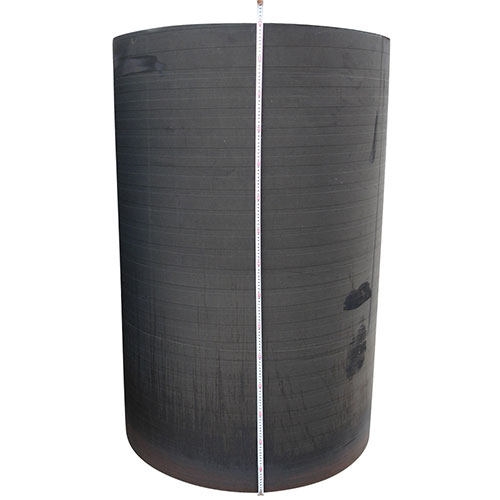
Future Trends in Improving Both Cost-efficiency and Performance of Rubber Fenders
With shipping docks accommodating larger vessels and experiencing elevation in operational pressure, there is rising interest in improvements to augment cost-effectiveness and performance. The future of rubber fenders lies in advanced construction methods and smart designs, paired with sustainable and responsible innovations that minimize risk and maximize value.
Advanced Materials
The use of new high-performance polymers that combine different elements of elasticity, resilience, UV and salt water, and other extreme temperature resistiveness composites will be considered for future rubber fenders to be used in inflatable rubber fenders. The advanced materials will further improve on energy absorption and overall endurance and thus will decrease the frequency of replacement and maintenance. The longer the service life, the more cost-efficient it becomes over the fender’s effective operational life, adding to the fender cost-efficient operational life.
Simulation-Driven and Data-Informed Design
The use of data driven design and computational modeling is changing the paradigm ver of wh eth design fenders. Custom berth simulations allow for complex modeling with energy and impact force distributions to be engineered and designed so that fender sizes and types, and fabrics do not get over engineered. The use of complex systems lowers design fender costs. The future with real time data from sensors and other design control could allow for designs that dynamically evolve to fender needs.
Sustainable Manufacturing and Eco-friendly Materials
Sustainability now touches all areas of the maritime business, and with it, fender manufacture. Use of recycled rubber compounds, green additives, and fender-making techniques that cut down on waste and carbon footprints are being investigated. While the fender are still in production, their eco-friendly materials significantly cut down on long term sustainability costs. This fender in addition to being environmentally responsible, lowers the costs associated with disposal, and encourages the fender’s durability.
Smart Fenders and Monitoring Technologies
This includes pioneering fenders that track and report impact forces in addition to wear and self-diagnostics on their own, thus streamlining the maintenance cycle. By predicting maintenance and enabling timely interventions, gadget maintenance costs fail to skyrocket. Streamlining maintenance results in improvement on failure expenses. It greatly reduces unplanned downtimes that extend the total service life. This has a huge impact with the net positives in the expenses, thus, enhances the aerodynamic performance.
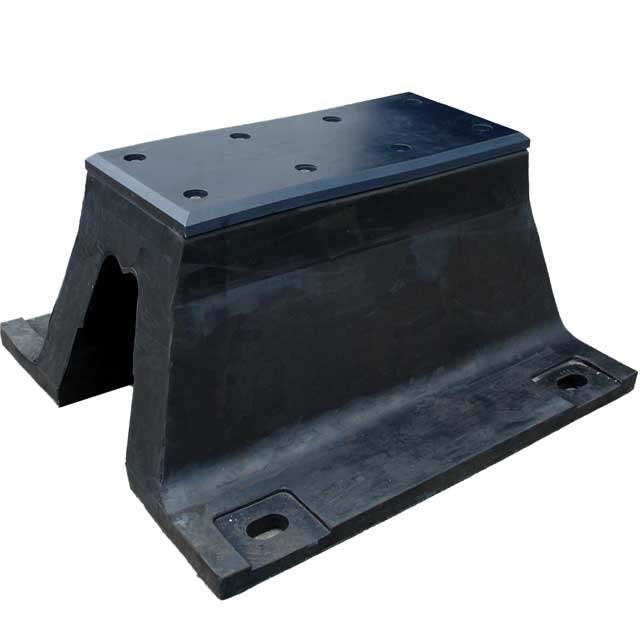
Summary
For effective performance and cost balance on rubber fenders, material, design and total life costs must be intricately analyzed. Ports and ship operators can sustain fenders cost effectively and fender performance optimally through design optimization, maintenance planning, advanced material engineering, and controlled complex cost strategy.


